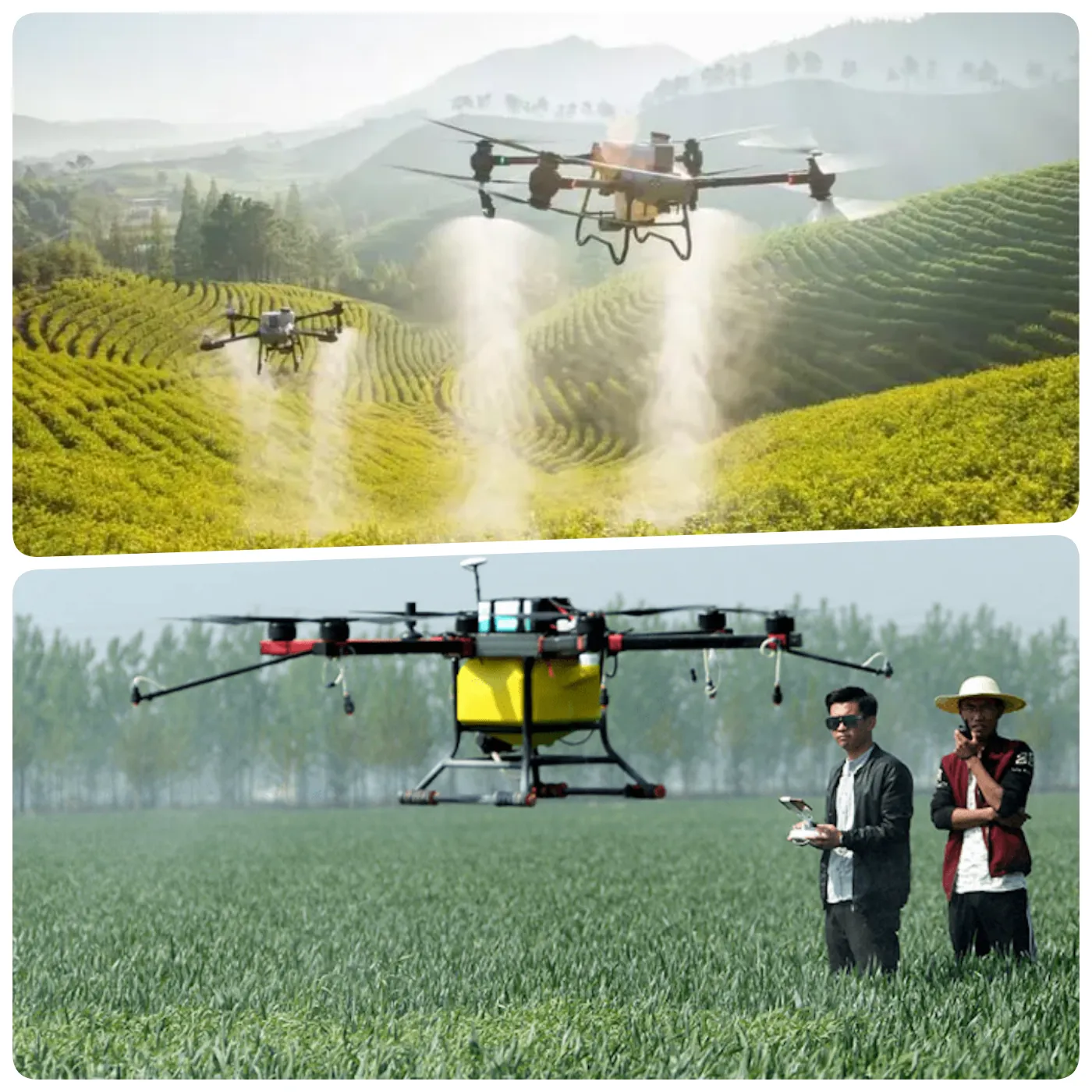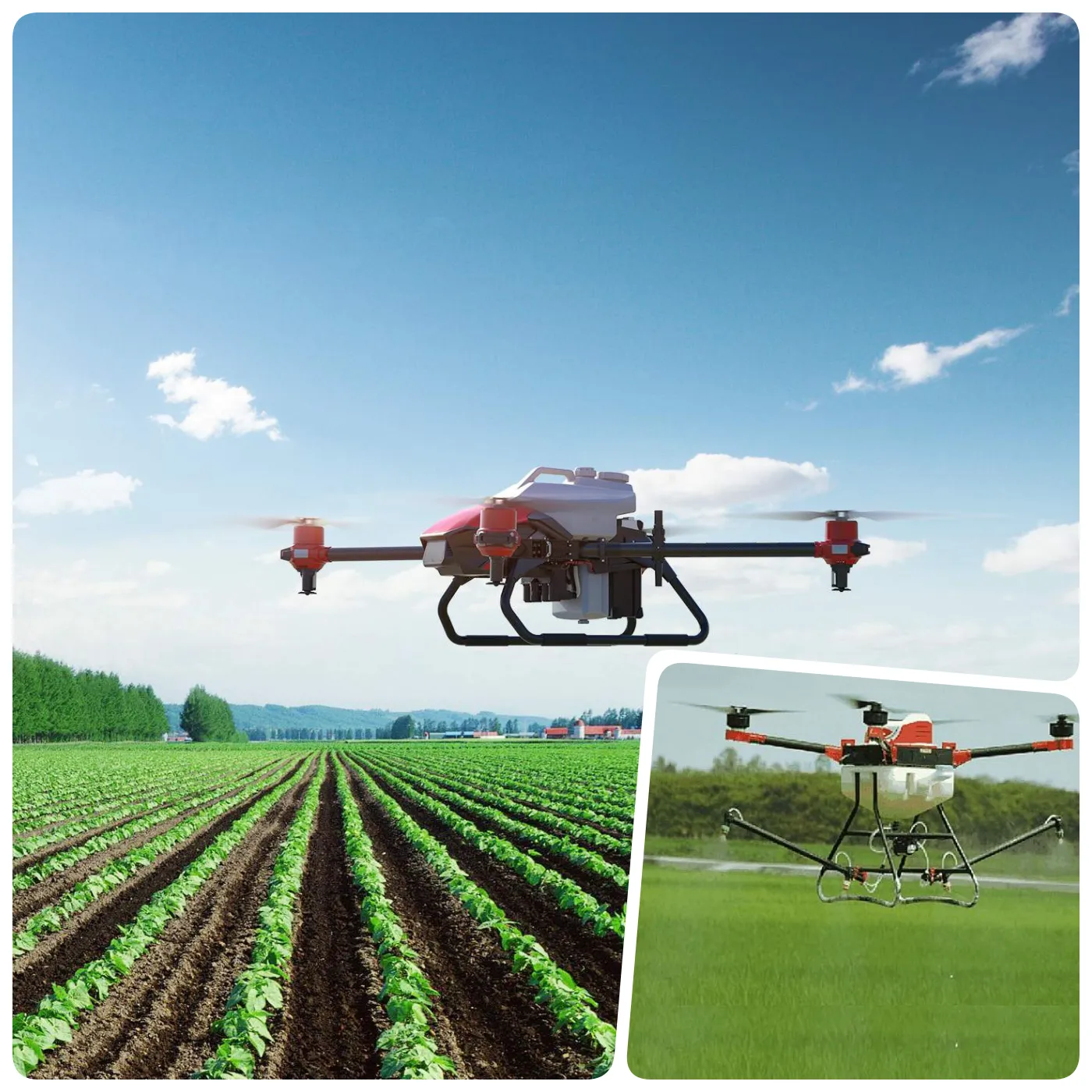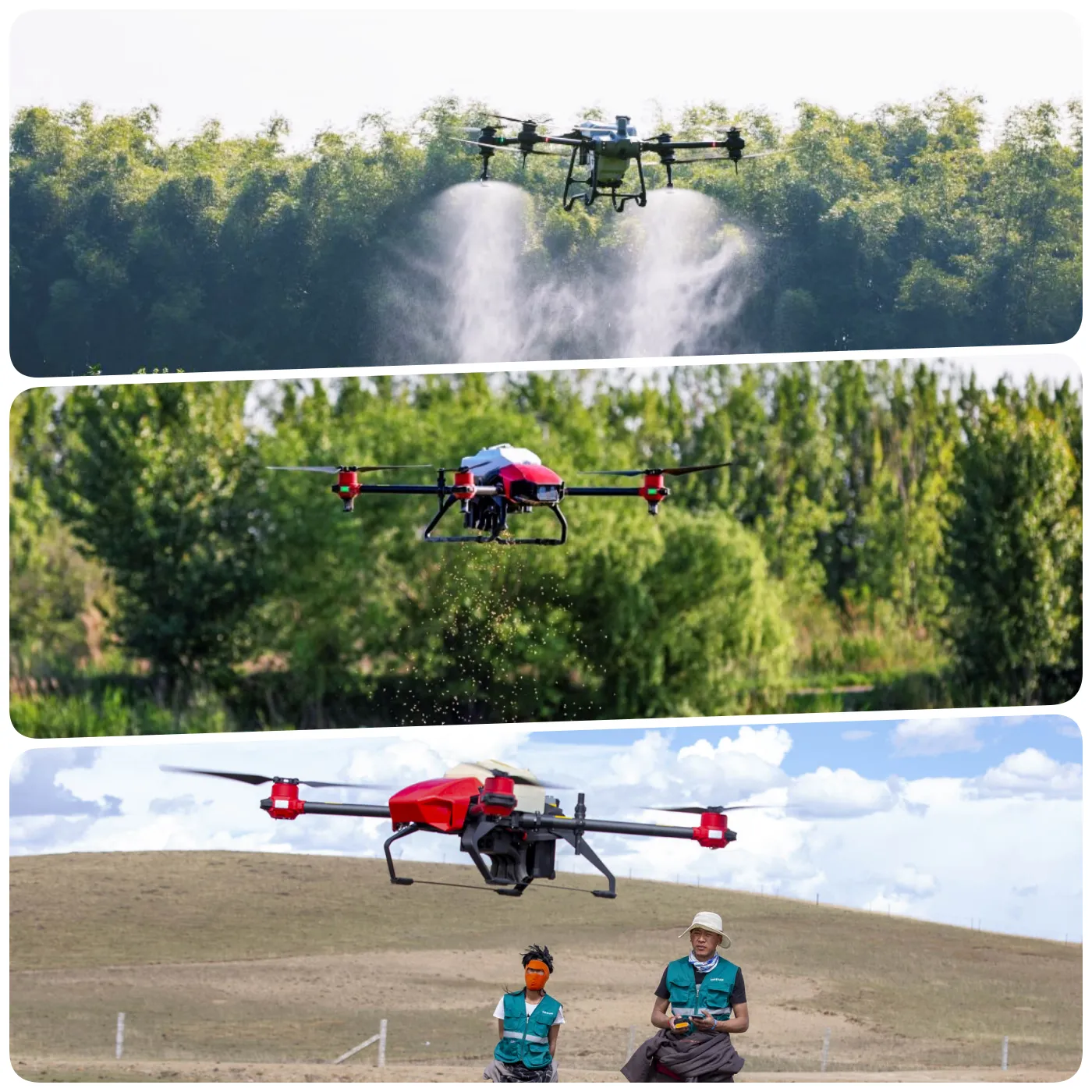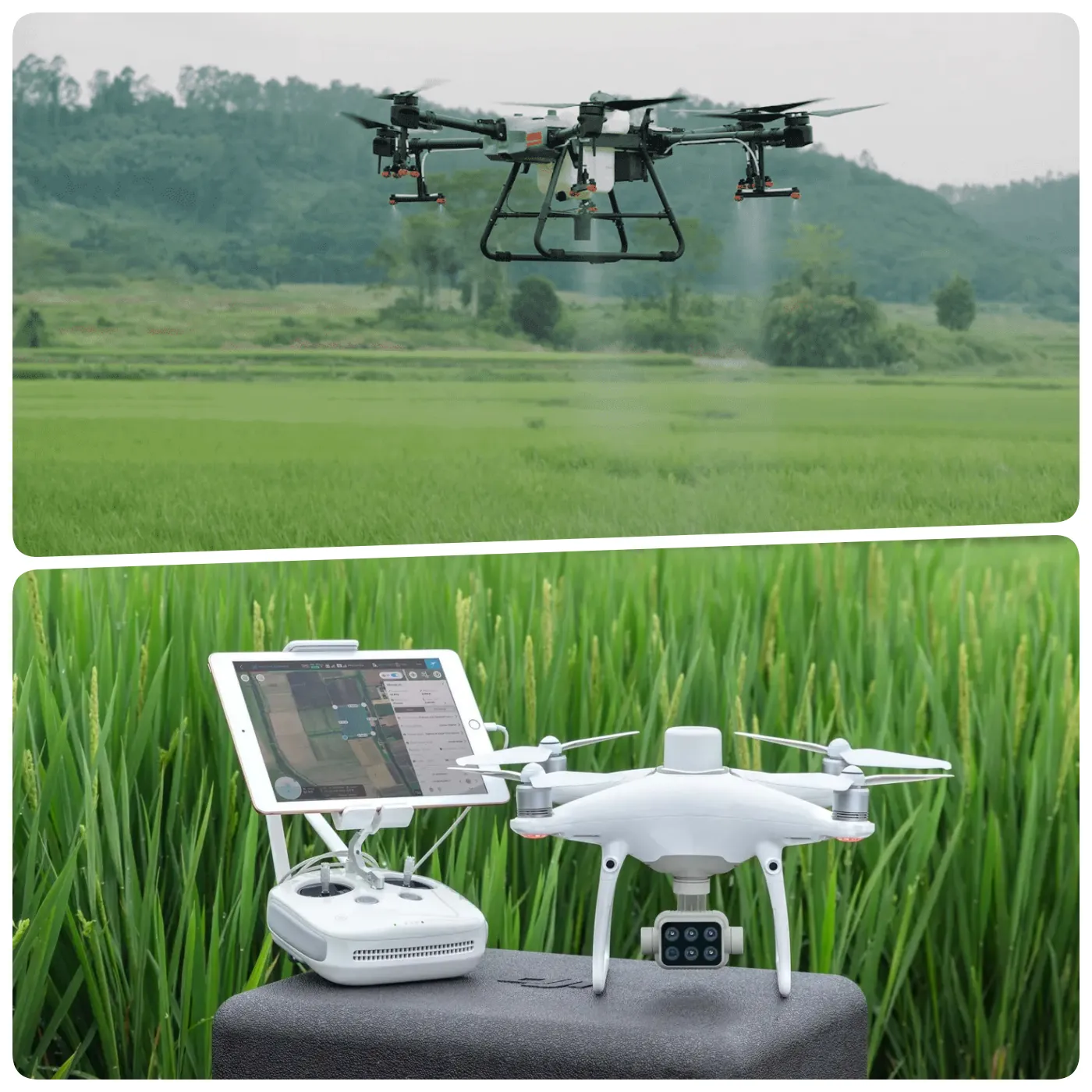
China takes advantage of UAV technology to solve labor shortages in agriculture
DJI’s latest drone, equipped with dual sprayers capable of dispensing up to 18 liters of chemicals per minute, is revolutionizing agriculture in China. As the company rapidly expands its drone operations in agriculture, these drones are increasingly becoming a go-to solution for young farmers in its home market of China.

In rural China, the sight of drones hovering over fields, spraying pesticides is becoming increasingly common. These advanced drones use aerial imagery to plot their flight path and can automatically avoid obstacles. The latest models, with dual sprayers, offer impressive spray rates of up to 18 liters per minute.
Currently, DJI’s UAVs are used to cultivate about one-third of China’s agricultural land, mainly by farmers in their 30s and 40s. Demand for this technology is increasing due to the need to solve problems. address labor shortages as China’s population ages.
With a price tag of around 50,000 RMB ($7,000), DJI’s drones are considered a more cost-effective option than competing models.
Research by QY company in China, the global agricultural drone market is expected to grow from about 3.1 billion USD in 2024 to 9 billion USD in 2030. DJI currently leads leads this market with 30% market share, followed by Yamaha Motor with 11%.
DJI started its agricultural drone business in 2015. By 2022, this segment contributed significantly to the company’s 30 billion RMB ($4.21 billion) revenue, second only to drones.

The company has built a strong customer support system to foster long-term relationships with young Chinese farmers. With about 6,000 instructors, mainly in China, DJI trains retail staff and operates 1,100 repair centers capable of fixing 95% of problems in just six hours.
Outside of China, DJI is seeing significant growth in agricultural drone sales across the Americas, where wheat and corn are staple crops, and in Southeast Asia, primarily to grow rice. Australian farmers are also using DJI drones for weed control and Japan remains an important market. A rice farmer in Tottori Prefecture, western Japan, uses a DJI drone to directly sow seeds in his 16-hectare rice field and spray pesticides and fertilizers. “With the help of drones, work can be done five times faster than before,” he said.
Previously, this farmer worked with his father using traditional equipment such as rice planting machines. He added that drones have “reduced both physical and mental burdens”.
For this farmer, buying a UAV for 1.8 million yen ($12,000) and a battery for 250,000 yen ($1,700) is more cost-effective than buying all the equipment necessary that he had used before.

DJI’s latest sprayer model offers enhanced performance on steep surfaces, a feature the company hopes will be applied to fruit and tea growing in Japan’s mountainous regions.
In the United States and Europe, DJI faces a less friendly business environment. Washington has blacklisted DJI, imposing trade restrictions. The US House of Representatives’ FY 2025 defense spending bill, passed in June, introduced stricter regulations for DJI’s UAVs. As the capabilities of civilian drones improve, concerns about their potential military applications also increase. As a result, DJI has avoided sending agricultural drones to conflict-prone areas of Central Africa.






